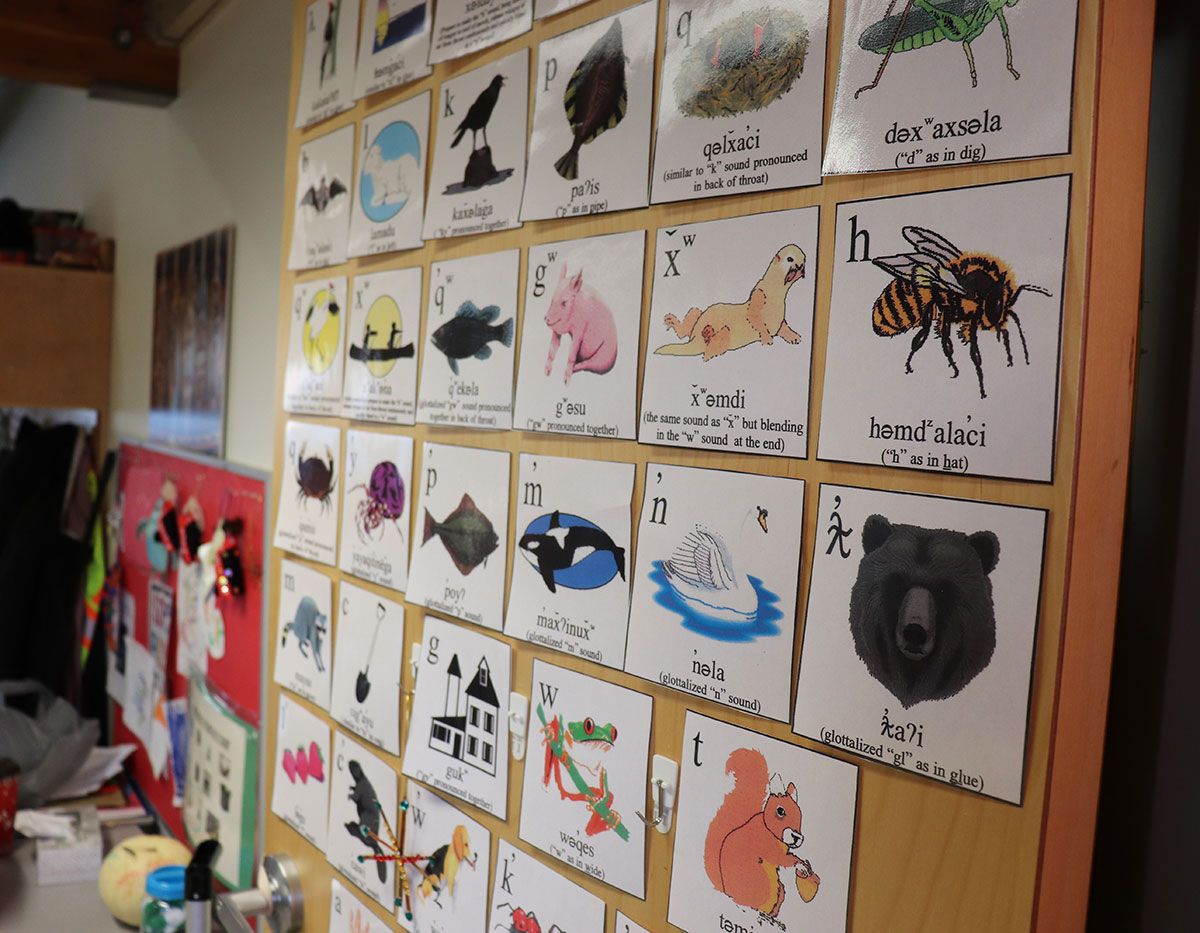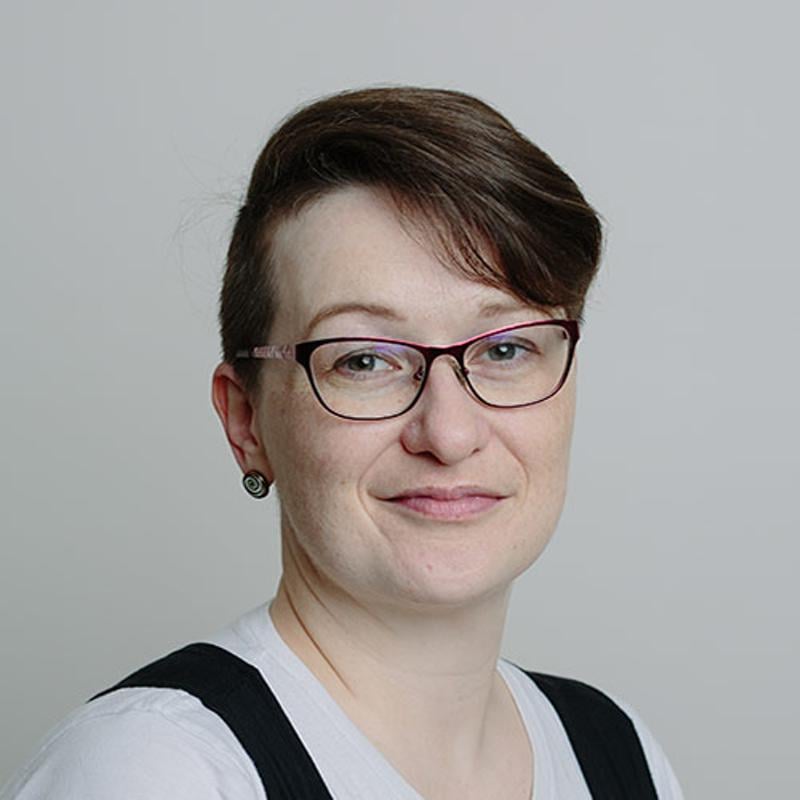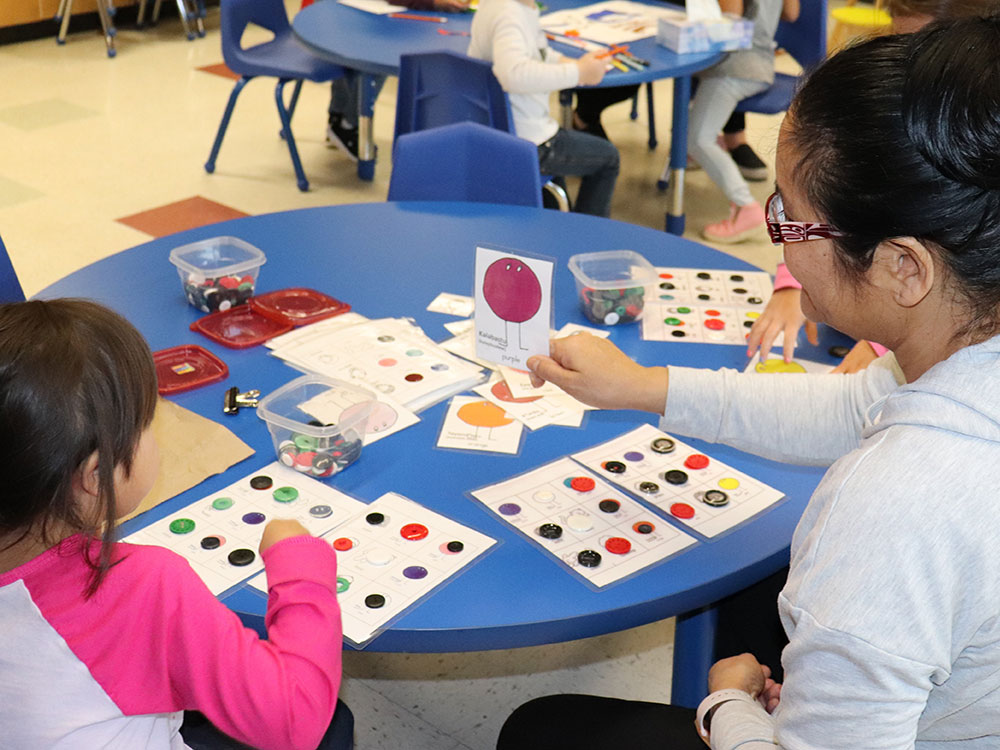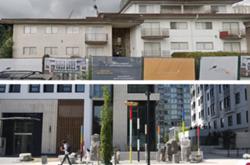Across British Columbia, 34 First Nation languages are spoken. But less than 10 per cent of the province’s 1,600 public schools offer a First Nations language course or program, and only a select few students have access.
That small percentage is not for lack of demand. Many families seek the instruction for their children for deeply held reasons. Often, “because of the colonial system, their own personal connection with their mother tongue has been disrupted and the opportunities removed,” said Debra Martel, district principal of Indigenous Education & English Language Learning in Campbell River School District 72. “It is not coming from a place of privilege and choice.”
“The passion is there,” said Kirsten Baker-Williams, the former director for language and culture for the First Nations Education Steering Committee. But growing the offerings requires more financial and political support.
“It’s hard to operate programs without funding, so that commitment needs to be there. And it’s growing capacity where we’re at, and trying to do so in a thoughtful way.”
As of 2022, 139 B.C. public schools provided First Nation language lessons, according to a survey from the First Peoples’ Cultural Council.
Expanding those offerings faces other barriers similar to ones explored in the first of this two-part series, which focused on French immersion. They include a lack of fluent First Nations language teachers, limited teaching resources and the fact that students live in an English-dominant society that competes with the language exposure provided at school.
But The Tyee’s conversations with teachers and other experts pointed towards solutions to making students’ access and fluency better for First Nations’ language and French language learners.
First Nations language learning
Of the 167 nations — a population of 140,195 people — who responded to a 2022 survey of First Nation language learning in B.C., the First Peoples’ Cultural Council found just 3,370 people, or 2.4 per cent, were fluent speakers of their languages. Another 7,000 people, nearly five per cent, are semi-fluent language speakers. Twenty per cent of semi-fluent language speakers are under 25. (There are significantly fewer fluent speakers of First Nation languages in B.C. than for French.)
The survey notes more people are learning their language as opportunities increase, especially for very young children in language nests where Elders speak their language with preschool-aged kids.
In an email to The Tyee, an Education Ministry spokesperson said public school student participation in First Nation language courses increased 10 per cent in the 2021-22 school year, with 38,456 students enrolled, in comparison to the 2018-19 school year. Most enrolled students identified as Indigenous, but the courses are open to all students.
“With the way classes are structured in most districts, it’s language exposure. Students aren’t getting enough language hours to reach fluency,” said Baker-Williams, adding because First Nation languages are so closely tied to the land they come from, lessons should take place on the land as much as possible.
The First Peoples’ Cultural Council survey noted that of the 79 First Nation schools that responded to their survey, the combined 6,380 students received an average of just over three hours of language instruction per grade per week. Only three First Nation schools have bilingual or immersion programs.
If we’re going to move towards reconciliation between First Nations and settler communities, Baker-Williams said, there needs to be a lot more opportunities for fostering language fluency among First Nations’ kids.
More data on what programs are available and how many hours of language students receive is needed, she said, in order to fully take stock of what’s being taught and where, and to plan for program growth in a thoughtful way.
“It’s more of a school-centred program than provincially centred,” Baker-Williams said, adding some school districts have close working relationships with First Nations to create and deliver their language programs, while other districts don’t.
The Kʷak̓ʷala and Lik̓ʷala bilingual program
One of the public school districts putting in significant effort to increase access to First Nations language learning is Campbell River School District 72, home to the Kʷak̓ʷala and Lik̓ʷala bilingual kindergarten to Grade 3 program at Ripple Rock Elementary, the only bilingual First Nations language program in a B.C. public school.

Kʷak̓ʷala and Lik̓ʷala are two dialects of the language of the Liǧʷiɫdax̌w people — also known as the We Wai Kai and Wei Wai Kum Nations. There were already successful early years language programs like the language nest, but community members and language teachers in the district wanted to build on that knowledge in the public system, says Martel.
“You’re building language and proficiency on that foundational piece,” she said.
The Kʷak̓ʷala and Lik̓ʷala bilingual program started less than a decade ago as a pilot kindergarten program where students were exposed to Kʷak̓ʷala and Lik̓ʷala at least 50 per cent of the time.
Since then they have added Grades 1 to 3 and the eventual plan is to have a full kindergarten to Grade 5 bilingual program at Ripple Rock, Martel added. They have plans to expand to Grade 4 this coming school year.
But finding classroom teachers fluent in the language is very difficult, with most fluent speakers past retirement age. Currently the district is pairing up fluent language and culture teachers with classroom teachers, some of whom are non-Indigenous, to teach in the bilingual program.
In order to further expand the program, language and culture teachers are currently training to become classroom teachers, and classroom teachers are currently learning the language.
But more teacher training opportunities are needed in First Nation communities to increase the population of fluent teachers and expand the program beyond Ripple Rock Elementary, Martel said.
Similar to what The Tyee learned about French immersion teachers, teachers in the Ripple Rock bilingual program make their own teaching resources, Martel said, adding the district does have some guidance from First Nations Education Steering Committee’s language education guidelines, created by First Nations’ communities in B.C.
A researcher from Carleton University has also been working with the Wei Wai Kum Kwiakah Treaty Society to digitize the community’s language resources, making them accessible for teachers to use.
Martel wants the district to partner with a college or university in order to offer dual credit language courses, encouraging students towards thinking about careers involving their language, such as teaching.
“Everyone that’s involved sees the urgency to create opportunities for what should rightfully be here anyway,” said Martel.
DRIPA’s commitment to language instruction
In an emailed statement to The Tyee, Education Minister Rachna Singh spoke to her dedication to improving Indigenous language access in schools.
“We recognize the inequity Indigenous youth face within the K-12 education system and are working towards a future where students, particularly Indigenous students, have the opportunity to learn Indigenous languages in school, in a way that’s supported by Indigenous communities,” she wrote.
“That’s why we are working hard with our partners, including the First Nations Education Steering Committee, to support full course offerings in Indigenous languages.”
When the provincial government passed the Declaration on the Rights of Indigenous Peoples Act in late 2019 and released their first action plan for implementation last year, they made a commitment to make sure that all Indigenous people in British Columbia have access to an education in their own language, Baker-Williams said.
“Part of their action plan is to offer languages of the land, primarily, wherever possible,” she said, adding the First Nations Education Steering Committee has been working on an Indigenous Language Policy with the Education Ministry. ![]()
Read more: Indigenous, Rights + Justice, Education


















Tyee Commenting Guidelines
Comments that violate guidelines risk being deleted, and violations may result in a temporary or permanent user ban. Maintain the spirit of good conversation to stay in the discussion and be patient with moderators. Comments are reviewed regularly but not in real time.
Do:
Do not: